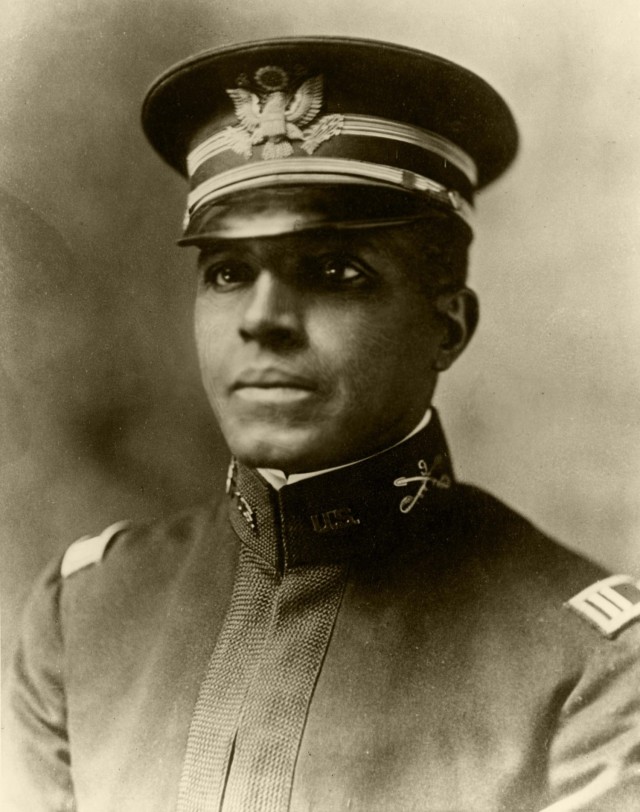
In May 1904, Troopers of the 1st Squadron, 9th Cavalry, departed their encampment in Monterey, California, for five months of field duty. It was common in the days before the existence of a national park service for cavalry units to patrol the great western parks to thwart unauthorized activities, including illegal mining or grazing, poaching, and logging.
Covering 20 miles per day, the 9th Cavalry troopers rode north to Gilroy and then east through Los Banos. They were enroute to patrol Yosemite, Sequoia, and General Grant (later Kings Canyon) National Parks. It was hard riding, but few complained. After all, the troopers had arrived in Monterey in late 1902 from the Philippines where they had endured much harder fighting.

The relationship between the Army and the nation’s great parks is close. In fact, when Congress created the first four national military parks in the 1890s, it was the War Department that managed them (Chickamauga and Chattanooga, Shiloh, Gettysburg and Vicksburg). And when Congress created the National Park Service in 1916, it was modeled in part on the Army. The new service famously adopted the term “ranger” for its employees who wore military style uniforms, and the Stetson campaign hat long associated with cavalry service.
An important aspect of the 9th Cavalry was that it was a segregated or “colored” unit, one of several formed after the Civil War to allow African Americans to serve in the Army. Colored units were generally under the command of white officers with a scattering of African American officers, such as Charles Young, whose home in Wilberforce, Ohio, is itself now a national historic monument. Young trailblazed to the rank of colonel during his career and was posthumously promoted to general by President Joseph Biden in 2021. In 1903, Young found himself at the Presidio of San Francisco where he accompanied troopers of the 3rd Squadron, 9th Cavalry, sent to patrol the Sierra parks that summer. As a result, according to the National Park Service, Young came to run a national park, having briefly served as Sequoia National Park’s acting superintendent.
Interestingly, African American soldiers from this era were called “Buffalo Soldiers,” a term conferred upon them by Plains Indians in respect to the soldiers’ bravery and appearance that reminded them of the animal that was essential to their economy. Encountering these soldiers during the Indian Wars, native people associated the soldiers’ dark and typically curly hair with the matted fur on a bison’s head. Soldiers considered the name a token of high respect. So did the Army, which incorporated the buffalo into the crest of the 10th Cavalry, another colored unit. In the 1980s, reggae singer Bob Marley globally popularized use of the term.
Beside policing duties, the Buffalo Soldiers helped improve the parks – they carved out new trails and roads, stocked fish in lakes and streams, and even built an arboretum in Wawona, part of Yosemite. In late 1904, the 2d Squadron returned to Monterey, where they found lodging in four brand new barracks at the Presidio of Monterey. Eventually, these accommodations became known as the Buffalo Soldier Barracks in honor of the first troops to live in them. However, the troopers did not have long to enjoy their new digs before being ordered to change stations. Frequent redeployment was the norm for the Buffalo Soldiers, who never returned to Monterey, but who were never forgotten.


Social Sharing